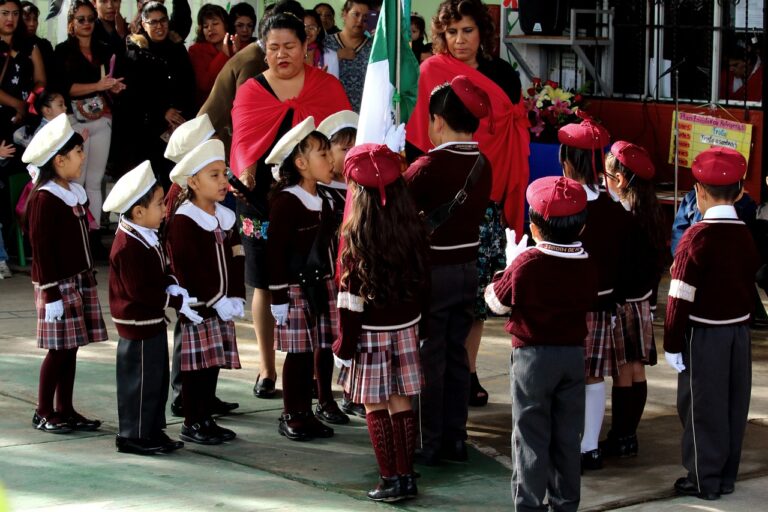Exploring the Intersection of Art and Education in the Curriculum
Art plays a vital role in education by fostering creativity, critical thinking, and emotional expression. Engaging in artistic activities allows students to explore their imagination and develop problem-solving skills that are essential in all areas of their academic and personal lives. By incorporating art into the curriculum, educators provide students with a well-rounded education that nurtures their cognitive and emotional growth.
Furthermore, art education helps students develop a deeper understanding and appreciation for different cultures, histories, and perspectives. Through the study of various art forms and styles, students learn to respect and value diversity while expanding their knowledge of the world around them. Exposure to art also enhances students’ ability to communicate ideas effectively and to engage with complex concepts in a creative and meaningful way.
The Role of Creativity in Learning
Creativity plays a crucial role in the realm of education, fostering innovation and critical thinking skills among students. When creativity is encouraged in the learning process, it allows for a deeper understanding of concepts and helps students develop the ability to think outside the box. By integrating creative tasks and projects into the curriculum, educators can empower students to explore new ideas and solutions, ultimately enhancing their overall learning experience.
Incorporating creativity into the learning environment also promotes student engagement and motivation. When students are given the opportunity to express themselves creatively, they become more invested in their own learning journey. This active participation not only cultivates a sense of ownership over their education but also boosts their confidence and self-esteem. By nurturing creativity in the classroom, educators can spark a passion for learning within students and inspire them to reach their full potential.
Integrating Visual Arts into the Curriculum
Visual arts play a crucial role in enhancing the overall learning experience for students. By integrating visual arts into the curriculum, educators can provide a more holistic approach to education that caters to different learning styles. This helps students develop their creativity, critical thinking, and problem-solving skills in a hands-on and engaging way.
Incorporating visual arts also fosters a deeper understanding and appreciation of diverse cultures and perspectives. Through art, students can explore various historical events, social issues, and personal experiences, allowing them to express themselves and connect with others on a deeper level. By integrating visual arts into the curriculum, schools can create a more inclusive and dynamic learning environment that nurtures students’ artistic talents and encourages them to think outside the box.





